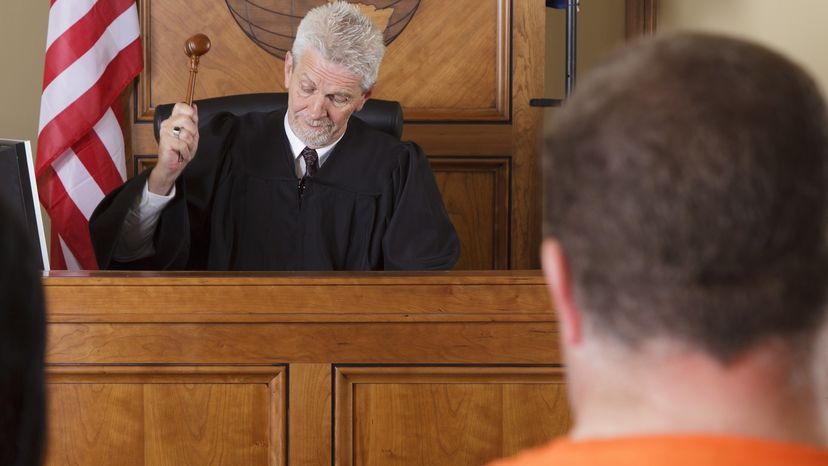
When we think of "mass murderers" our minds might zip right to a lone person armed with a gun and bent on mass destruction. That's probably because the FBI defines a mass murder as four or more slayings occurring from the same incident. We've also become used to "mass murder" equaling a mass shooting, so we're limiting our definition to fit a more stereotypical male pattern [source: FBI].
Since 1982, there have been 62 mass shootings in America, one of which was carried out by a woman [sources: Follman, Aronsen, Pan]. Jennifer San Marco, who shot a neighbor and six coworkers in 2006, is the only woman who fits that description. It's far too easy to hear a statistic like this and jump to the conclusion that women committing -- or attempting -- mass murder is unheard of.
Advertisement
But by limiting our definition to gun violence that kills four or more people, we're not reporting on some of the story. When we talk about the current spate of mass shooters someone like Andrea Yates (who systematically drowned her five children) isn't included. Or Priscilla Joyce Ford, a delusional schizophrenic who, in 1980, used her vehicle to run over and kill seven people, injuring 22. Or Amy Bishop, a neuroscientist who shot six colleagues in 2006, killing three. Bishop belongs in the same category as Sylvia Seegrist, who shot and killed three people in a mall while injuring seven others: They aren't considered mass murderers because of the number of fatalities, but it can be assumed that they intended to cause larger-scale injury.
So before we delve into why men are most often mass murderers, we should acknowledge that women have engaged in behavior that might not fit our idea of a lone gunman but that does show the capability for aggressive, criminal acts.
Now let's take a look at how gender -- biological and constructed -- might play a role in mass murder specifically.
Advertisement
